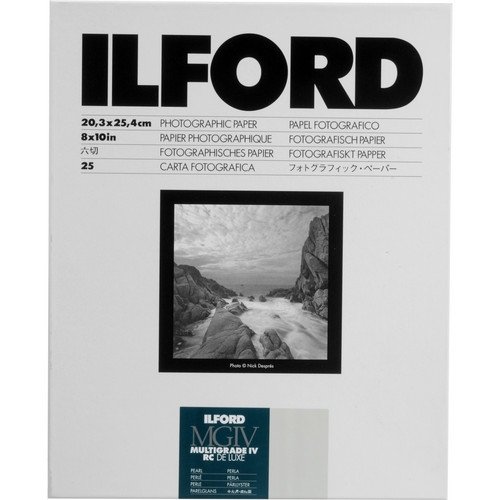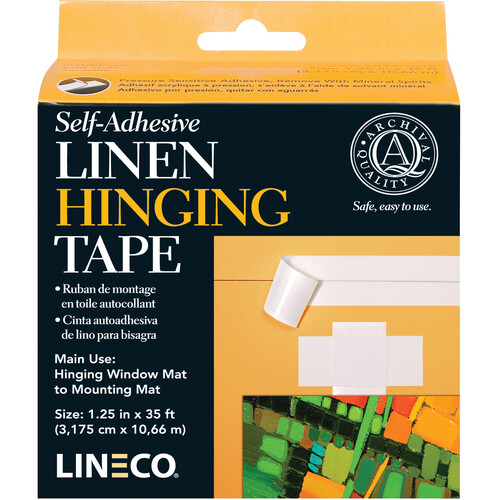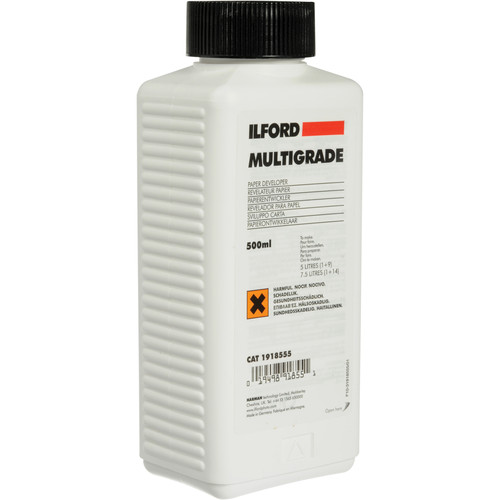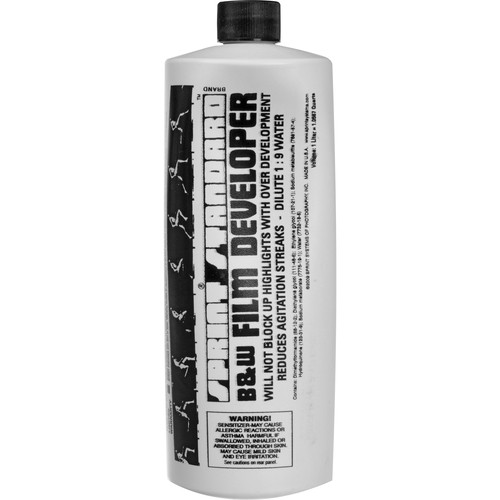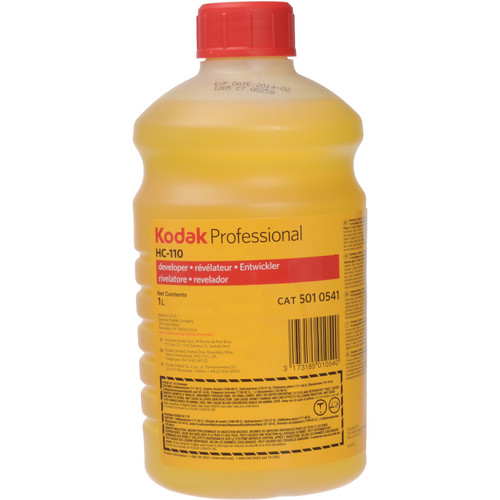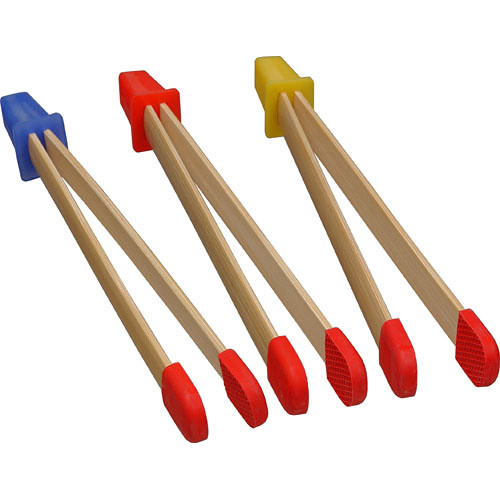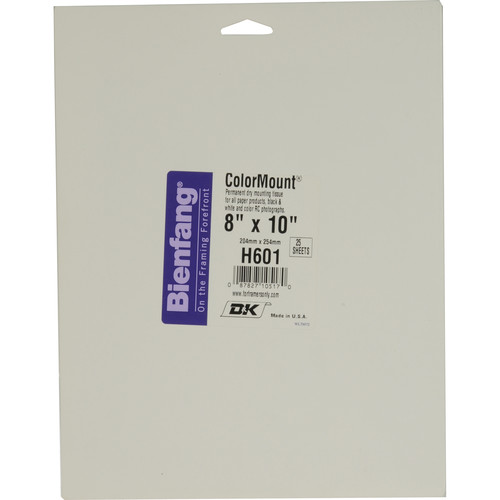Welcome back Ohlone College!
I hope you had a great summer. This semester we will explore darkroom photography and you will get lots of hands on experience. You'll learn about film processing and printing with good old fashioned silver prints. We'll jump right into the darkroom on day two for photogram fun.
We still need a couple students for the class to run. Please tell your friends to join! They can email me for an add code or drop by on Tuesday or Thursday. For a sample syllabus, check the "ohlone syllabus" page listed here on the blog (to your right).
You should wait to buy supplies until this weekend, but below is some of the information we covered in class. Email me with any questions.
Materials information:
Choosing a camera for class
There's lots of options for choosing a camera, and we have some available for checkout. I think there's plenty to go around this semester. See my previous post on cameras for full information, or just ask me in class.
Course supplies and materials
In order to complete assignments and participate in lab activities, you'll need to get some supplies. These should be obtainable at the Fremont bookstore, or any of the resources listed in the syllabus.
Students usually spend $150-200 on supplies. Students can save cash by planning ahead and shopping around for the best deal. They can also save by teaming up with classmates to buy bulk quantities. Student discounts are offered at some stores. We supply all chemicals!
Students can also save a lot of money by using good methods in class. By paying attention, concentrating and coming prepared students can avoid wasted supplies (i.e. doing the reading, taking notes, not rushing). Students who take these steps can do all the classwork and more without having to buy an excess of film and paper.
Students can also save a lot of money by using good methods in class. By paying attention, concentrating and coming prepared students can avoid wasted supplies (i.e. doing the reading, taking notes, not rushing). Students who take these steps can do all the classwork and more without having to buy an excess of film and paper.
Below is the supply list from class. I've created some links to examples. I am not promoting one supplier over another and these may not be the best prices. It is your job to shop around.
1. Camera
You will need a minimum of 12 rolls of film.
Take care not to purchase c-41 process film (that's color film - examples).
- 12 rolls will be 35mm film with 36 exposures
- 2 rolls will be 120mm, medium format film.
Three reliable brands of film are:
And here's the explanation of photo paper...
Variable contrast
- Kodak Tri-X 400 ISO - examples
- Ilford HP5 Plus 400 ISO - examples
- Arista EDU Ultra 400 ISO - examples
3. Photographic paper
The photographic paper is sensitive to light. Don't open it until you are in the darkroom under special lights. If you open it in regular light it will be ruined.
Here's the basics on paper (example):
- 100 sheets, many students use more
- 8x10 inch size
- Ilford brand (do not buy Arista)
- Variable contrast (AKA: Multi-grade, MG or VC)
- Resin coated (AKA: RC, not FB).
- Pearl surface is recommended.
- 133B students encouraged to try multi-grade fiber (FB) paper in glossy surface
And here's the explanation of photo paper...
Quantity
Most students use at least 100 sheets of paper in the semester. Some previous students say that 125-150 is about what they used. A few students (those who do careful work) said they used about 80-90 sheets of paper. If you are planning to order online, you might need to buy a small pack from the bookstore or borrow some from a classmate until yours arrives.
Size
Most assignments require that prints be 8x10 inches or larger. You are welcome to buy smaller paper for your own personal use. You can also cut 8x10 inch paper to size.
Brand
There's lots of brands of photo paper, but I am recommending Ilford brand because it is very reliable and I've never had any problem with it. This will also ensure a consistency of workflow in the darkroom.
When paper says variable contrast, it simply means that you can use different colored light to change change the contrast (the contrast is variable). Another way to say that is "multi-grade," meaning the paper is able to render multiple grades of contrast. VC, or MG, paper is the most common type these days, but some paper has only the capacity for one grade of contrast (it will be called "graded").
Resin Coated (RC)
There are two main types of paper backing available today. One is "fiber" or FB, and the other is "resin coated" or RC. RC paper is the type we'll use in class. It has a resin coating on front and back, which makes it slightly waterproof. It has faster processing times and shorter wash times.
133B students are encouraged to transition to fiber paper. Fiber paper has a heavier weight and a more organic feel to it. Historically, fiber paper has been regarded as the standard for galleries and museums due to it's superior quality and silver content. Wether that still rings true is now questionable. It is now more common to see RC paper in these settings, but I think it is well worth your time to learn how to use it. It does cost a bit more and takes longer to process. Wash times are considerably longer (with more steps) so you need to be efficient and manage your time well at end of lab. This product will not be available in the bookstore but will be available from any other supplier on the list.
Surface for RC paper
There's lots of different surfaces for RC paper. For RC, I recommend "pearl" surface. It's not quite glossy and not quite matte. It's easy to work with and doesn't show finger smudges as much. It's easier to "spot" than glossy. However, if you are set on getting glossy surface paper, it's fine with me.
Surface for fiber paper
For fiber paper, the only I recommend is glossy (at this time in your learning process). The glossy fiber paper is not the same as glossy RC. It has a nice smooth sheen and is easy to work with. Other surfaces, like matte, are really hard to work with, so I do not recommend it until you have some experience with fiber papers in general.
Surface for RC paper
There's lots of different surfaces for RC paper. For RC, I recommend "pearl" surface. It's not quite glossy and not quite matte. It's easy to work with and doesn't show finger smudges as much. It's easier to "spot" than glossy. However, if you are set on getting glossy surface paper, it's fine with me.
Surface for fiber paper
For fiber paper, the only I recommend is glossy (at this time in your learning process). The glossy fiber paper is not the same as glossy RC. It has a nice smooth sheen and is easy to work with. Other surfaces, like matte, are really hard to work with, so I do not recommend it until you have some experience with fiber papers in general.
4. Negative storage pages
Negative storage pages are plastic sheets that protect and organize your film. There are several types out there, and my favorite is CP-7HB. It costs a little more, but has an extra pocket to keep your contact sheet together with the negatives. For your 35mm film, it's best to get the ones that fit negatives 5 across and 7 down because it will fit in a standard binder. You will need one sleeve for each roll of film. The bookstore will sell single sleeves to fit 120 film.
5. Binder or binder box for negatives
Dust is the photographers enemy, especially on your negatives. One of the best things you can do to avoid dust on your negatives is to store your negative sleeves in a binder separate from your regular notebook. I also like to use a "binder box" because it seals the edges of the binder. You can achieve a similar level of protection with a clean plastic bag around your binder, or just be careful to keep it clean.
6. Large paper folder, envelope or bag to turn in projects.
All your photographic projects need to be turned in using some kind of portfolio package, like an appropriately fitted bag, folder or envelope. This helps to keep your work clean, organized (so your prints don't get mixed up or lost) and to make it easy for me to move them around. The envelope is a requirement of the assignments. You can make your own by purchasing some heavy paper in the bookstore and taping the sides. If you want a professional style presentation box, here's an example from Freestyle.
7. At least 2, 8x10” sheets of cardboard or thick black card stock
You need to get this cardboard during week 1 for the lab activity on Thursday. YOU NEED THIS. Please don't blow it off. It's so easy to grab an old box from the recycling.
8. A towel, so you don't waste too many paper ones.
We use towels in the darkroom to dry equipment at the end of the day. Each student brings one to leave in the darkroom. It won't be usable at home anymore, so I recommend just bringing an old one. Please make sure it's clean though.
9. Basic school supplies
You'll need basic school supplies for taking notes. You need to bring these every day. You'll also need a Sharpie marker for one lab and to write your name on your stuff.
10. Gloves
Gloves are mandatory for film processing. Anyone caught without gloves is in violation of safety rules and will be required to leave immediately (even if you are in the middle of film processing). Nitrile gloves provide the highest level of protection and are recommended. They can be found at most drugstores. Example at Walgreens.
11. A small, thick walled cardboard box or tin for an assignment.
One of our labs will involve making your own camera out of a box. It's best that it be small, like less than 5-10 inches. They can be very small, like 2 inches if you want. It needs to have thick walls to block out light, or be painted black. Look around and try to find some interesting boxes to use. A mint tin will work, also try cell phone boxes, or shoe boxes. You can build a box if you want. See the schedule for the due date on this item.
12. Presentation supplies
Most of the photographic assignments will be matted. To do that, you'll need the following supplies.
- 20 sheets of 11x14 inch size mat board - examples
- a pack of at least 80 photo corners - examples
- linen tape, minimum of 5 feet total - examples
- Pencil
13. Optional Supplies
The following supplies are optional, but can be fun and useful.- Apron - to keep your clothing clean.
- Anti-static cloth or canned air - to clean dust off negatives/camera
- Gray Card - useful for metering and getting accurate exposures
- “Artist’s” tape or masking tape good for everything, sealing photo paper.
- A yellow or red lens filter - helps to darken sky
- UV/Skylight filter - protects your lens
- Cable release and tripod - for long exposures, night photography
- Bulk loading supplies - to roll your own film
- artists tape or masking tape
- reusable film cartridges (3-20)
- bulk film (in rolls of 100 foot)










